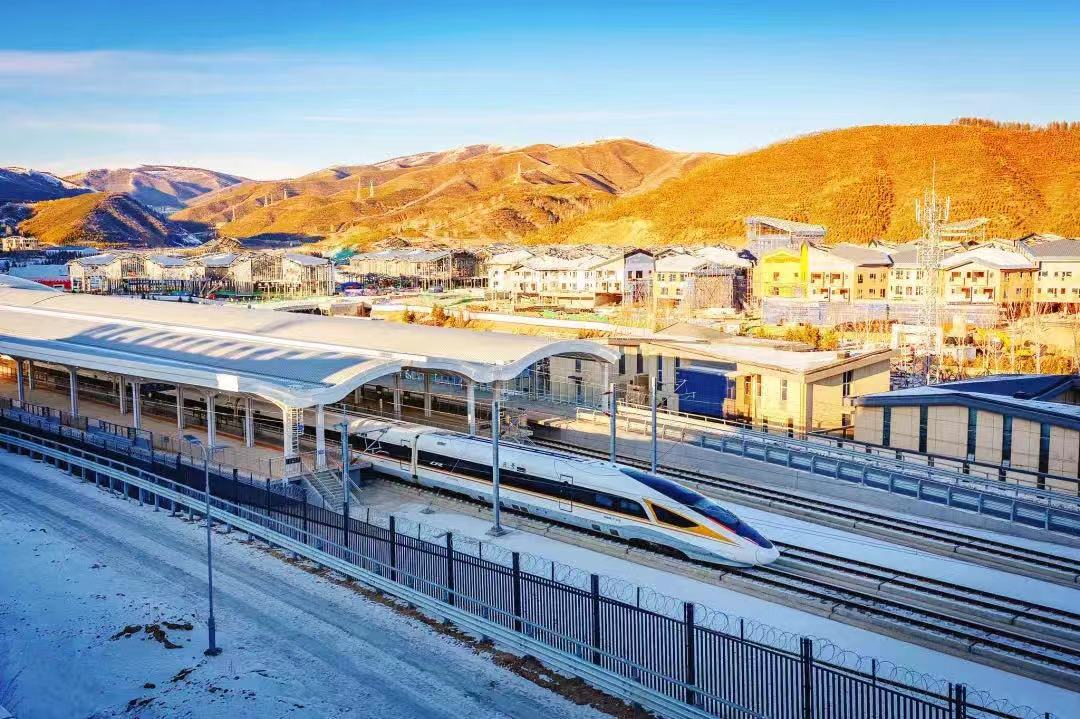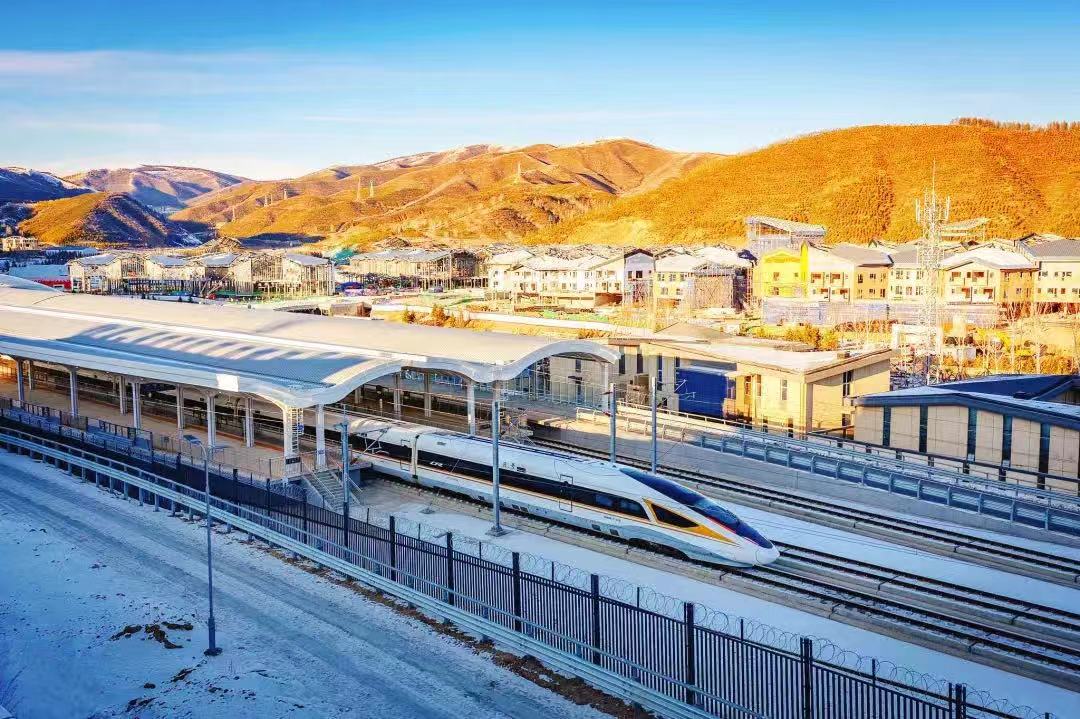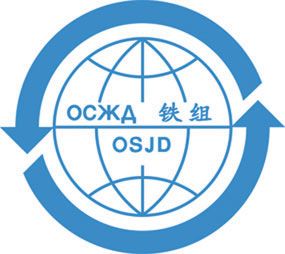Beijing-Zhangjiakou high-speed railway line on the threshold of the 2022 Winter Olympic Games



The Beijing-Zhangjiakou high-speed railway line (HSR) is an intercity high-speed railway line connecting the capital of China, Beijing, with the city of Zhangjiakou in Hebei Province. This line, which is an important link in the transportation system for the 2022 Winter Olympics in Beijing, originates from Beijing North Railway Station and has a length of 174 kilometers. There are only 10 stations along the route.
The construction of the Beijing-Zhangjiakou high-speed railway started on 29 April 2016, and on 30 December 2019 it was put into operation. As of 30 December 2020, the first anniversary from the date of its commissioning, a total amount of 6,806,000 passengers was transported along this route.
Two lines Beijing – Zhangjiakou witnessed a century in the development of China’s railways
The Beijing-Zhangjiakou railway line was built 110 years ago, under the leadership of the famous railway engineer Zhan Tianyou, who is called the ‘father of the Chinese Railway’. This is the first highway that was designed and built by Chinese railway workers on their own. The road had to pass through a very difficult mountainous terrain, and therefore Zhan Tianyou was the first in China to use such a solution for construction, which, when connecting tracks at Qinglongqiao station, resembled the shape of "人" (Chinese character that means ‘person’), which allowed to overcome the steep slope of 33‰. In September 1909, the construction of the Beijing-Zhangjiakou railway line was completed, which was two years ahead of schedule. In the history of China, this event marked the beginning of a new era: now Chinese railway workers could build a railway on their own without any assistance from outside.
At the end of 2019, a high-speed railway line was launched on the Beijing-Zhangjiakou route, which has become one of the most important infrastructure projects in preparation for the 2022 Winter Olympic Games. This line is the first intelligent high-speed railway in China with a train speed of 350 km/h which is equipped with the Beidou satellite navigation system, developed with the use of China’s own technology. It is also the world’s first high-speed railway with a train speed of 350 km/h which passes through areas with a combination of permafrost, severe frost and winds.
During the commissioning of the Beijing- Zhangjiakou high-speed railway, Chairman of China Xi Jinping noted: “The Beijing-Zhangjiakou railway line was built in 1909, and the Beijing-Zhangjiakou high-speed railway was opened in 2019. From self-design and construction to the most world’s advanced level, from 35 kilometers per hour to 350 kilometers per hour – these lines have witnessed the development of China’s railways and a significant rise in the country’s total economic potential. Looking back at a hundred-year history, it should be noted that the Beijing-Zhangjiakou high-speed railway is of particular importance.”
HSR Beijing – Zhangjiakou opens a new era of China’s intelligent railways
The Beijing-Zhangjiakou HSR line is the first intelligent high-speed railway in China, which is equipped with the Beidou satellite navigation system, developed on the basis of the Chinese own technologies. In addition, the following wide range of advanced technologies is used on the line:
- unmanned driving of electric trains at a speed of 350 km/h;
- an automated traffic control system that allows trains to automatically start moving, run between stations, make stops, open and close the train doors;
- an electronic system of seat reservation and ticket sales, as well as biometric face recognition technology when entering the station;
- intelligent operation and maintenance.
Intelligent construction is the basis for intelligent operation. During the construction of the Beijing-Zhangjiakou HSR line, new technologies such as BIM and GIS were integrated for the first time, while digital modeling of the railway and the construction process was applied. By integrating electronic design and construction drawings, the world’s first end-to-end and multidisciplinary three-dimensional (3D) BIM model was created, which provides a single platform for managing design, construction and installation works, supervision and other links of the entire process. On the basis of this 3D model, the construction of the railway was successfully carried out.
The Beijing-Zhangjiakou HSR is the first comprehensive application of the latest achievements of China in the field of intelligent railways. In total, 67 case studies were carried out, resulting in breakthroughs in the areas such as unmanned trains, intelligent dispatch and traffic control, intelligent fault diagnosis, digital building modeling, Beidou satellite navigation system and biometric identification.
If the Beijing-Zhangjiakou railway opened a new page in the history of the Chinese Railways, the high-speed line laid along this route marked a new era in the development of modern intelligent railways.
